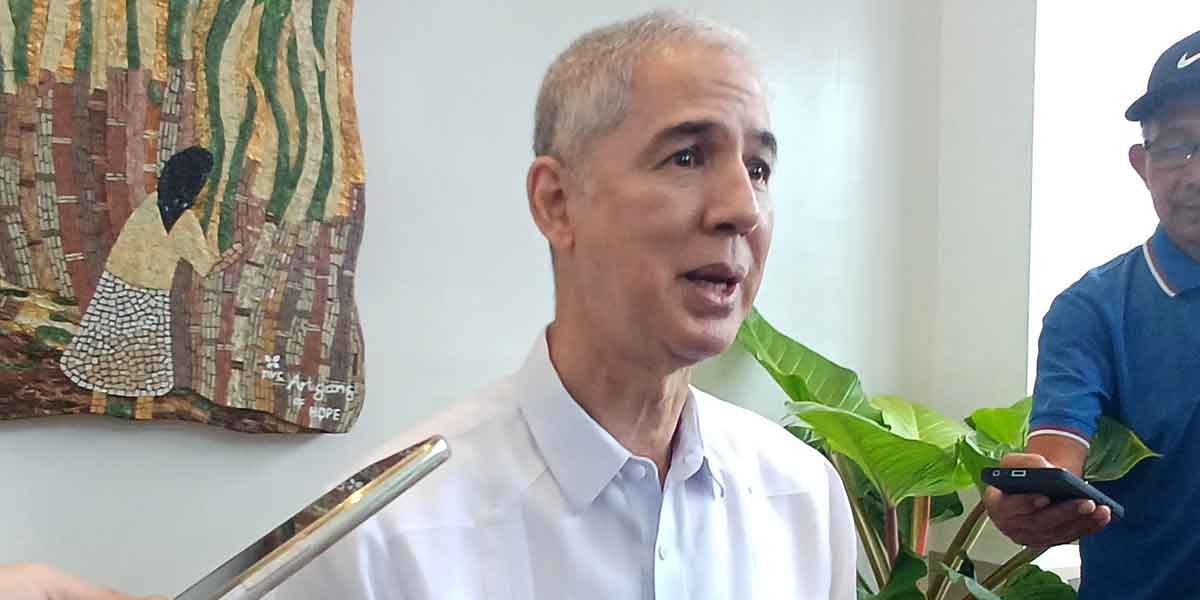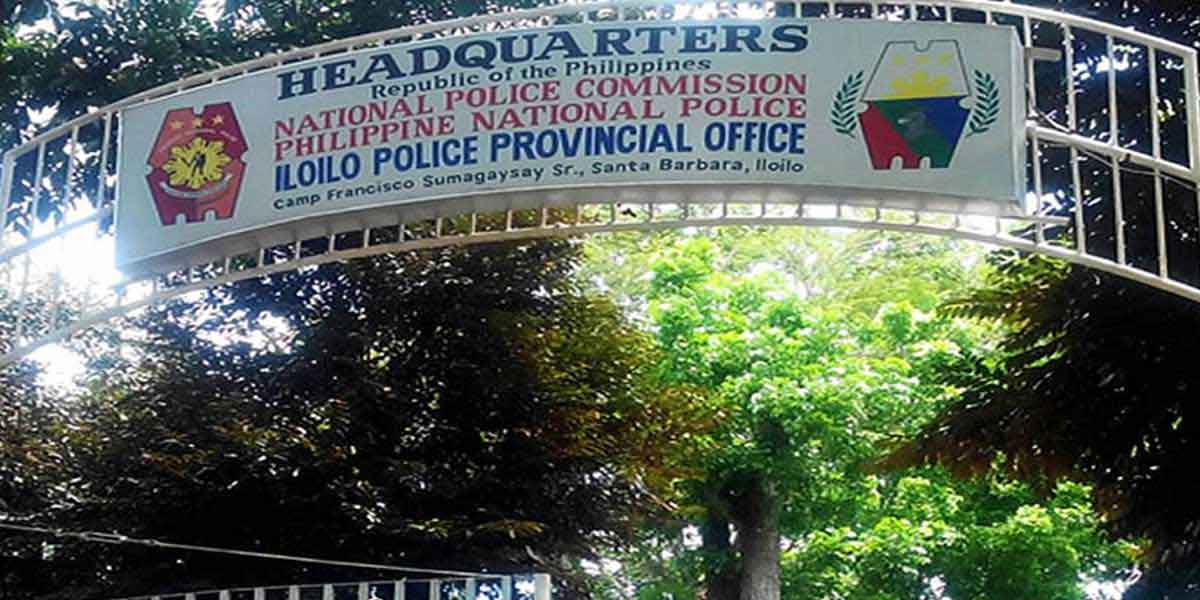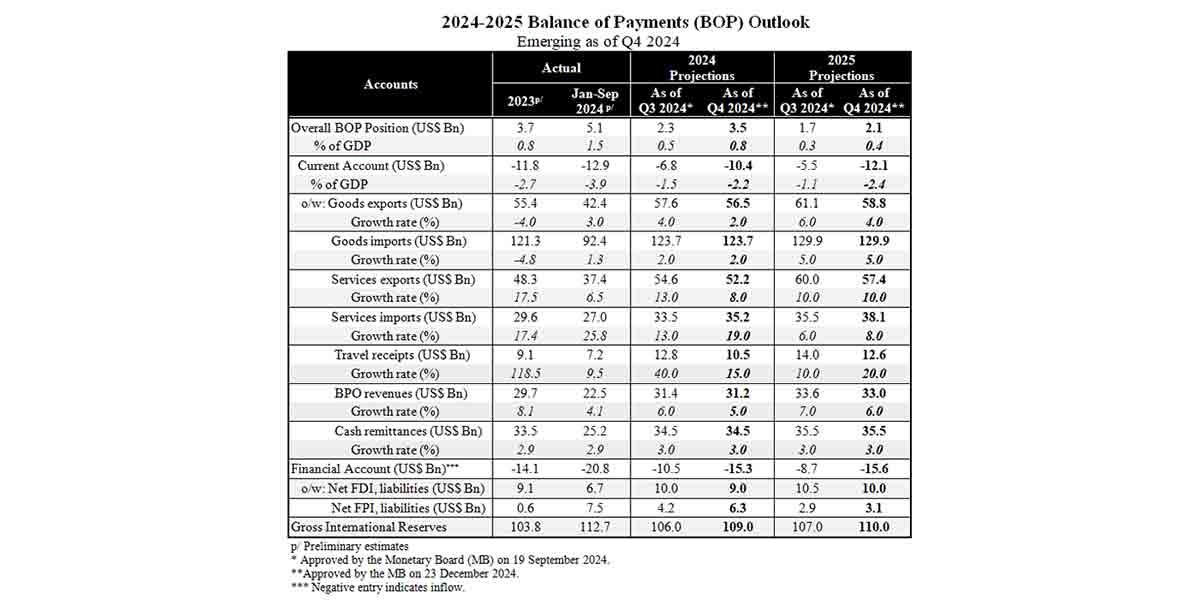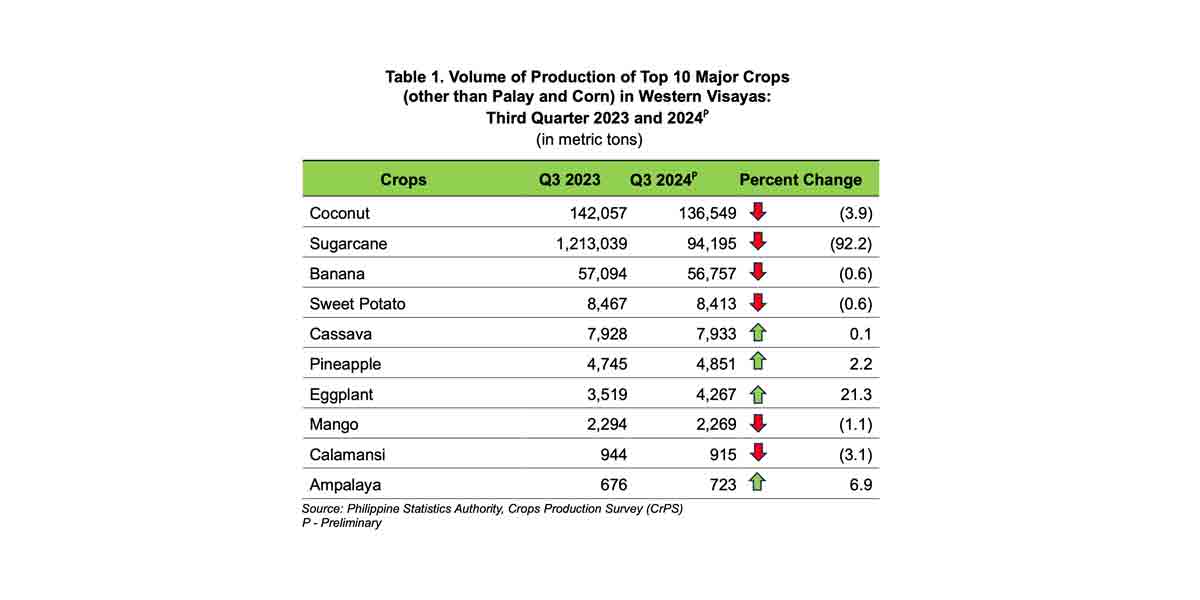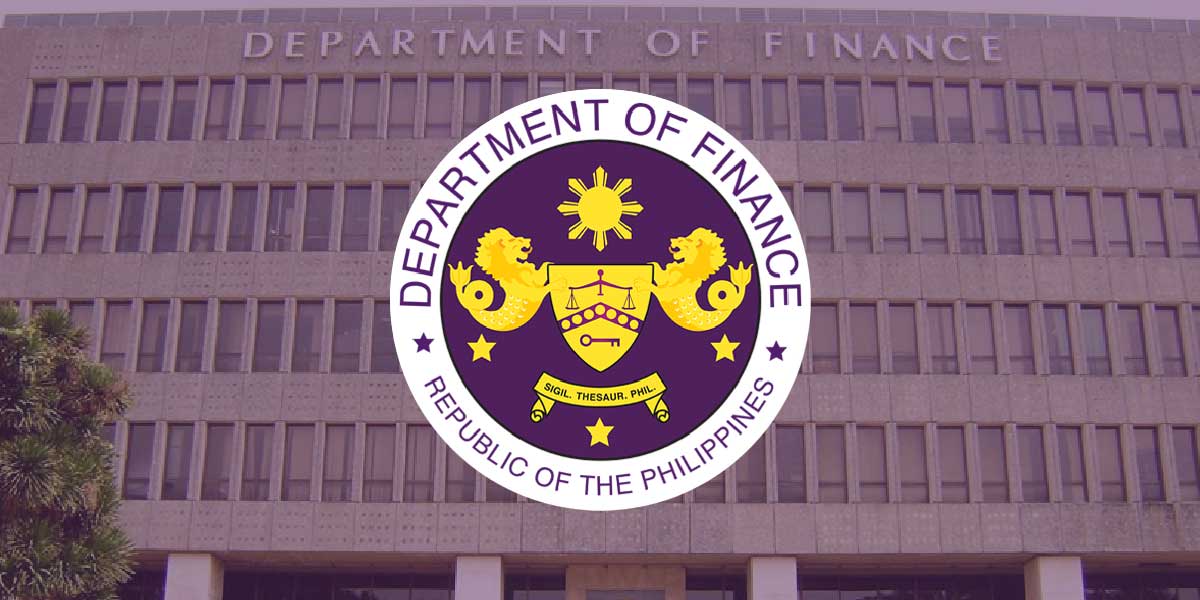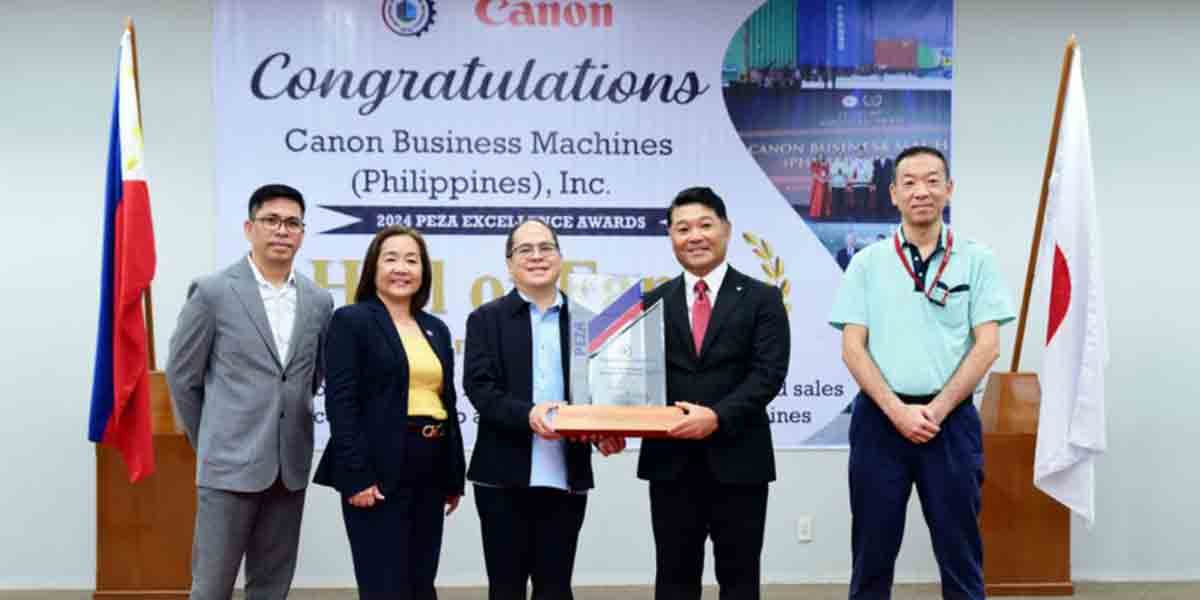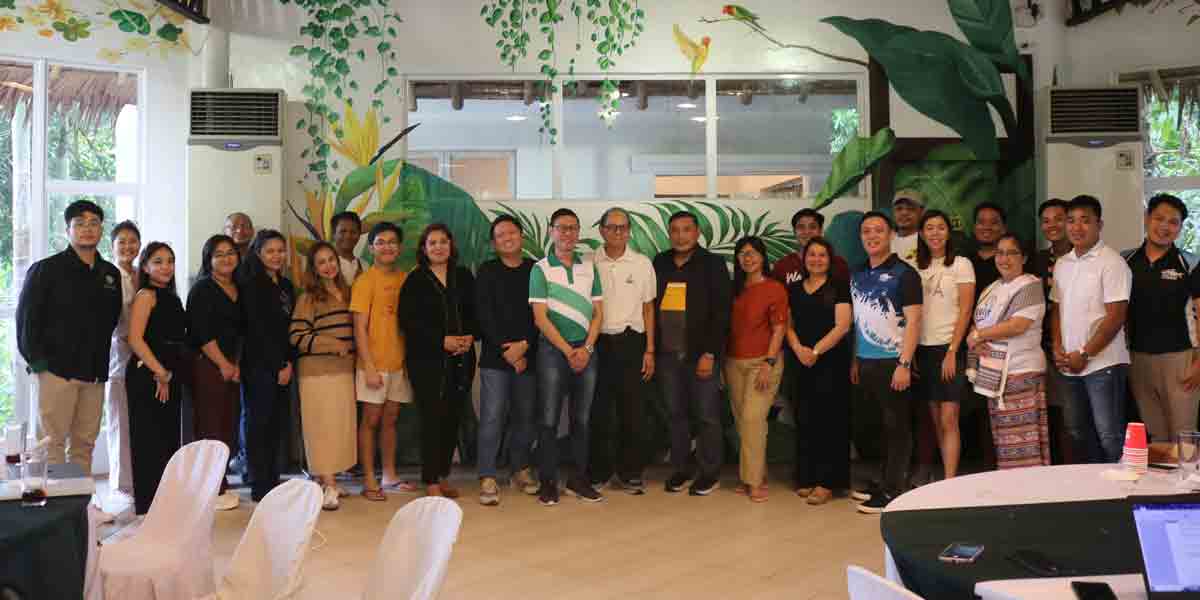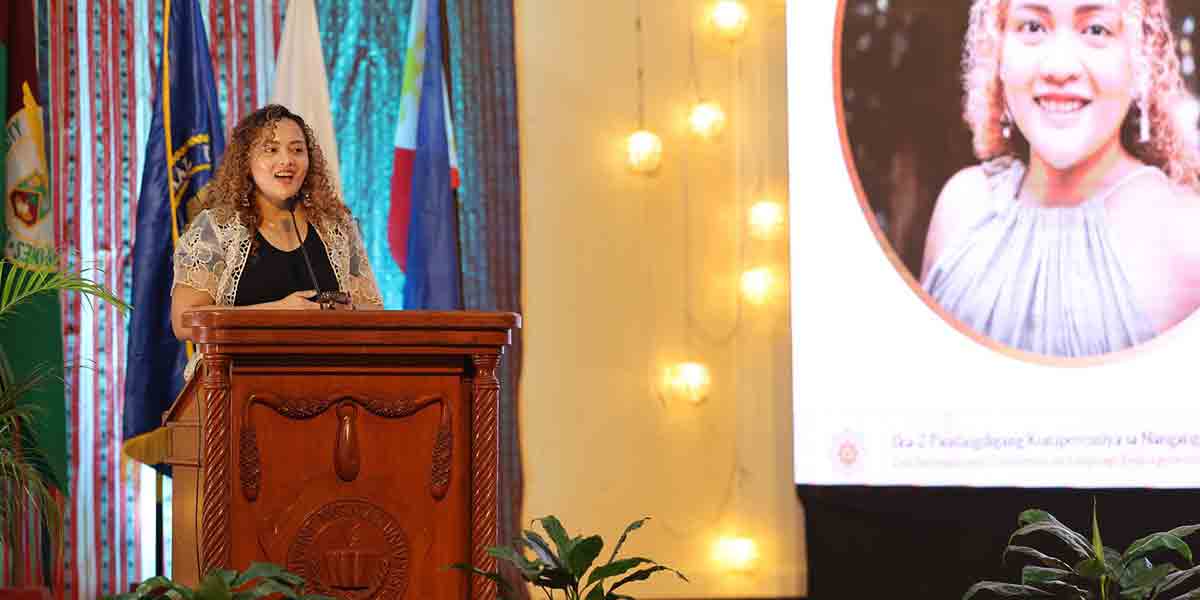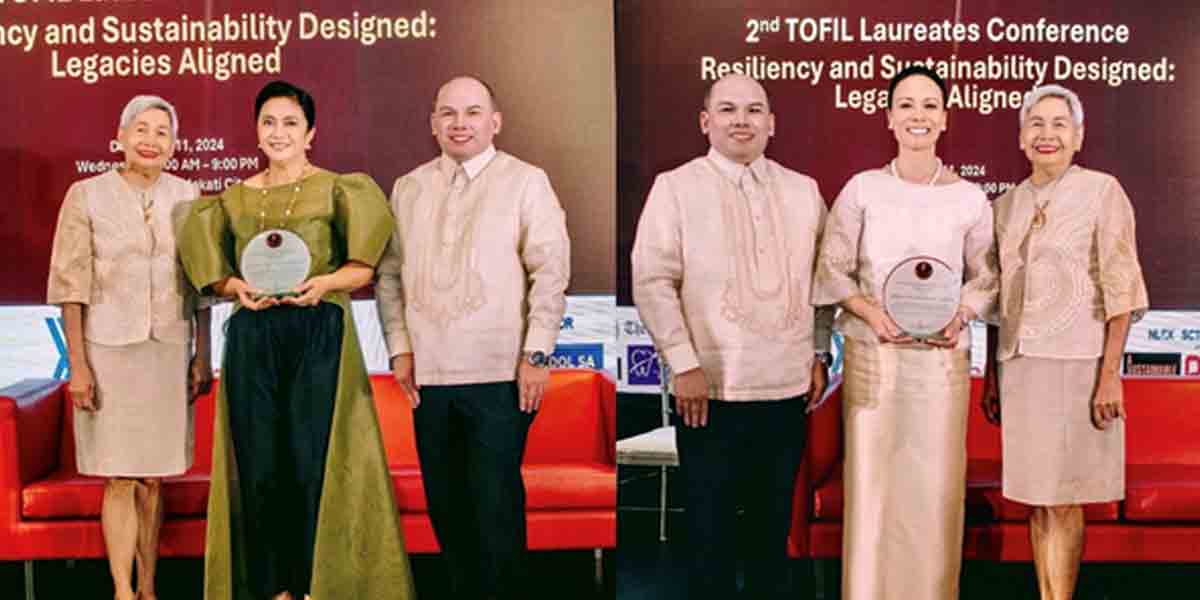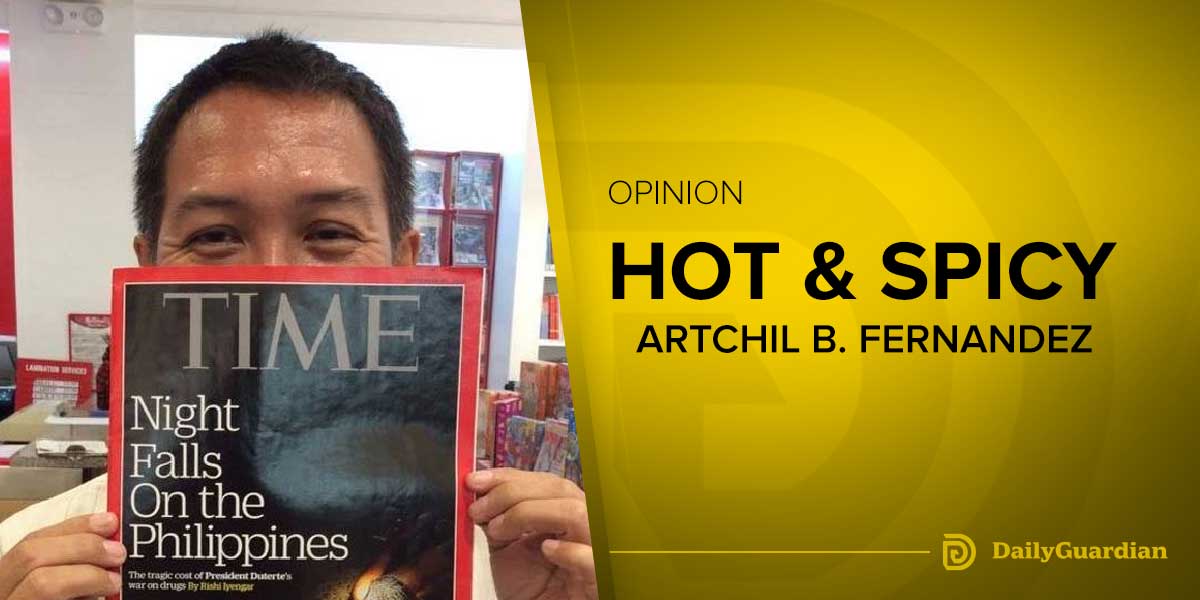By Ken Lerona
A brand is a promise of experience—more than just logos, taglines, or title claims. It is a strategic fusion of experience design, product value, and service delivery. Building a brand transcends marketing and promotions; it is a collective effort by everyone, from planners and policymakers to businessmen, local government executives, farmers, store owners, taxi and jeepney drivers, waiters, security guards, and other front-line service providers. This holistic approach is key to positioning the Iloilo Province as a powerhouse in tourism, agriculture, and industry in the Philippines.
The Rise of Iloilo as a Brand
In recent years, the brand Iloilo has gained significant equity in the national tourism and business sectors. Events like the Dinagyang Festival, the development of Iloilo Business Park, the recognition of the Iloilo River Esplanade, and recently, the badge of being a UNESCO Creative City of Gastronomy have put the spotlight on Iloilo City. While this is a testament to the city’s progress, it raises a critical question: Is the province of Iloilo—with its vast size and variety of offerings—benefiting equally from this spotlight?
Iloilo Province supplies many of the experiences and services that investors and tourists enjoy in Iloilo City. From its rich agricultural produce and heritage sites to its pristine beaches and skilled workforce, the province’s contributions are undeniable. However, its potential remains to be fully tapped.
The Role of Municipal LGUs in Branding Iloilo Province
Municipal Local Government Units (LGUs) are indispensable in shaping the brand of Iloilo Province. Each town offers unique experiences, from the heritage church of Miagao to the vibrant fishing communities of Concepcion, the pineapple farms of Passi City, the cool highlands of Alimodian and Leon, and the historic sites of Sta. Barbara. Collectively, these diverse experiences form the whole Iloilo Province-branded experience.
Municipal LGUs can take proactive steps to highlight their unique assets and align their efforts with the province’s overarching branding strategy. By fostering local festivals, improving infrastructure, promoting sustainable practices, and supporting local businesses, they contribute to a cohesive provincial identity. When these efforts are harmonized, Iloilo Province can present a unified yet diverse narrative to tourists, investors, and stakeholders.
Benchmarking Iloilo Province
To understand where Iloilo stands, it is helpful to benchmark its progress against other provinces such as Cebu, Davao, Pampanga, Tarlac, and Cavite. These areas have excelled in tourism, agriculture, industry, infrastructure, manpower development, and branding. Cebu, for instance, has successfully blended heritage and modernity to become a top tourist and investment destination. Davao’s robust agriculture sector and sustainable development initiatives have made it a model for inclusive growth. Meanwhile, Pampanga’s culinary tourism and industrial parks showcase the power of niche branding.
Across Southeast Asia, provinces in Thailand, Vietnam, and Indonesia offer valuable lessons. Thailand’s Chiang Mai leverages its cultural heritage and wellness tourism. Vietnam’s Da Nang has transformed into a tech and tourism hub through public-private partnerships and infrastructure investments. Indonesia’s Bali seamlessly integrates local traditions with global tourism trends. These best practices highlight the importance of strategic branding, technology adoption, and multisectoral cooperation.
The Benefits of Branding Iloilo Province
A strong provincial brand can deliver numerous benefits. It can make Iloilo more attractive to investors, tourists, and businesses, creating a ripple effect of economic opportunities. Beyond economic gains, a well-crafted brand can ignite a sense of pride among locals, fostering community spirit and collective progress.
Imagine an Iloilo Province where every barangay—from the rice terraces of Miagao to the seafood markets of Estancia—is recognized for its unique contributions to a cohesive provincial identity. Such a vision is within reach, but it requires deliberate and sustained effort.
Strategic Steps to Building the Iloilo Province Brand
- Be Strategic: Branding must align with a long-term vision and development plans. This includes identifying Iloilo’s unique value propositions—its cultural heritage, agricultural strength, and emerging industries.
- Be Data-Driven: Decisions should be informed by market research, visitor profiles, and performance metrics. Data will help identify strengths, address gaps, and track progress.
- Enjoin Multisectoral Cooperation: Building a brand is not a solo endeavor. It requires the active participation of local governments, private businesses, community organizations, and residents.
- Foster Community Effort: Local municipal executives play a crucial role in galvanizing their communities to contribute to the brand’s narrative. Every town’s story and specialty should be part of the bigger picture.
- Invest in Policies, Infrastructure, and Training: Infrastructure that supports tourism and commerce, technology that enhances productivity, and training programs that empower workers are essential. These investments ensure that the province is not only marketed well but also delivers on its brand promise.
A Dream for Iloilo Province
As we open 2025, my dream is to see the Province of Iloilo become a force to reckon with—a brand that stands on par with Cebu, Davao, and key provinces in Southeast Asia. This vision is not just for policymakers and business leaders; it’s for every Ilonggo who dreams of a better, brighter future for our province. Let us work together to build a brand that reflects our pride, potential, and promise. Let us make Iloilo not just a destination, but a benchmark for excellence in the Philippines and beyond.
___
Ken Lerona is a marketing and branding leader with over 20 years of experience across the consumer, telecommunication, real estate, logistics technology, and consumer finance technology industries. He gives talks and workshops for private and government organizations. He is also a consultant of reputational risk management. Find him on LinkedIn at www.linkedin.com/in/kenlerona.

